Visit to the San Pedro de la Roca Castle (eng-esp).
“Architecture should talk about its time and place, but yearn for timelessness."
When the Spaniards colonized Cuba and settled here, it was obviously necessary for them to build fortifications to defend the coasts from the attacks of corsairs and pirates. This is basic information for any child starting to learn history in my country, and I confess that these were my favorite classes. Why? Because it turns out that one of the first three fortifications, and that is why it is conceived as one of the most important, is located in my city.
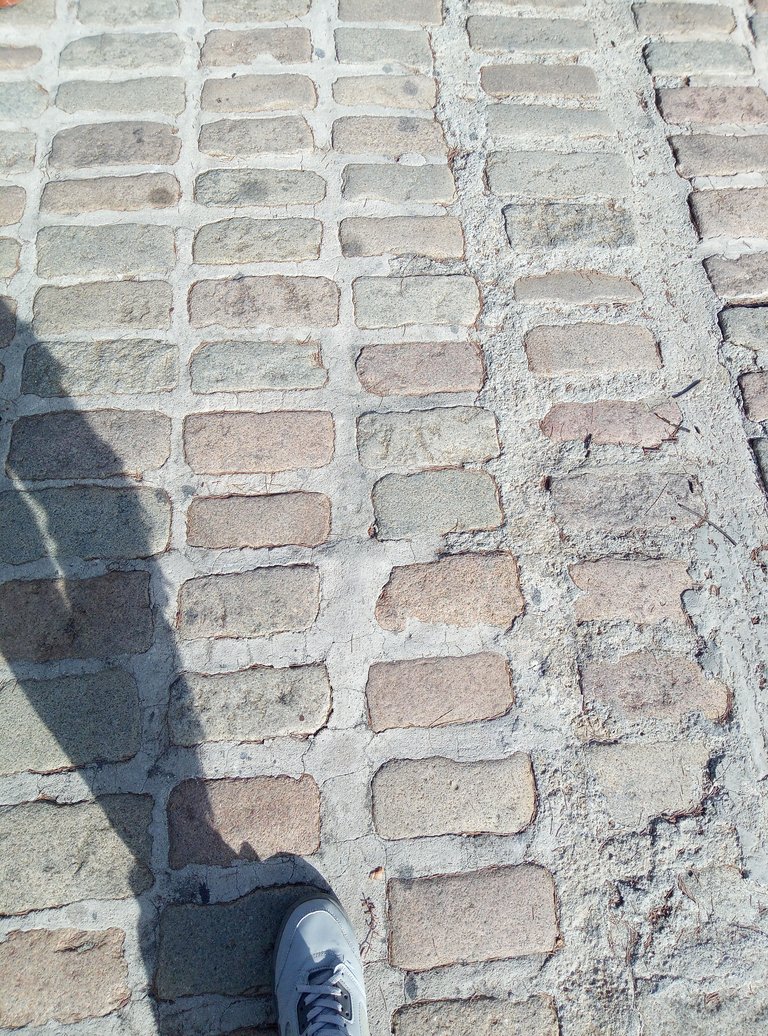
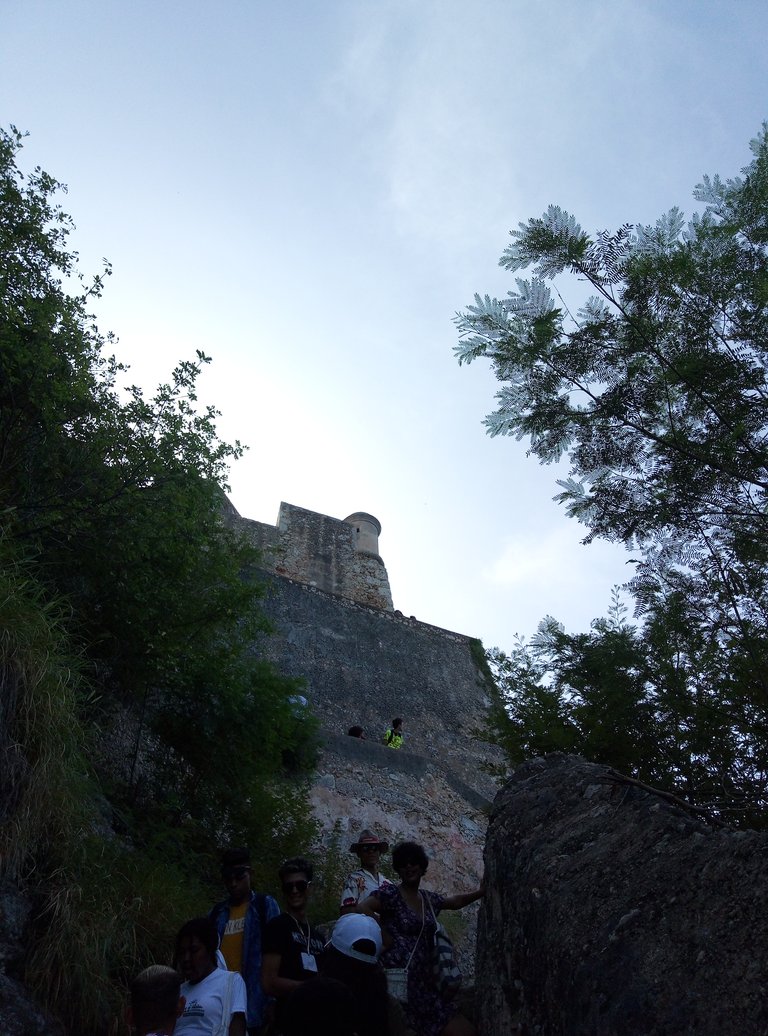
Its name is Castillo de San Pedro de la Roca del Morro, although everyone calls it simply "El Morro". When I heard that we would visit it during the summer camp I couldn't hide my joy, because this is a place that holds a special meaning for me. Before arriving there are several places of interest and tourist attraction, which we could not enter because it was very early and they had not opened yet. A path of red tiles is the guide that takes you to the Castle.
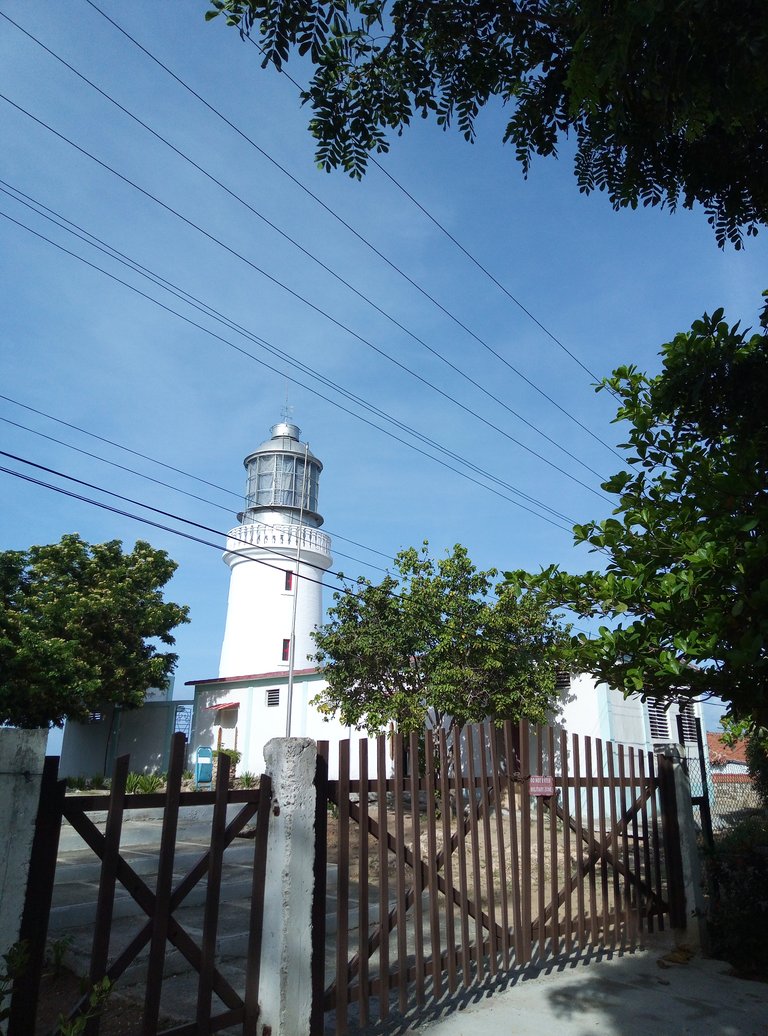
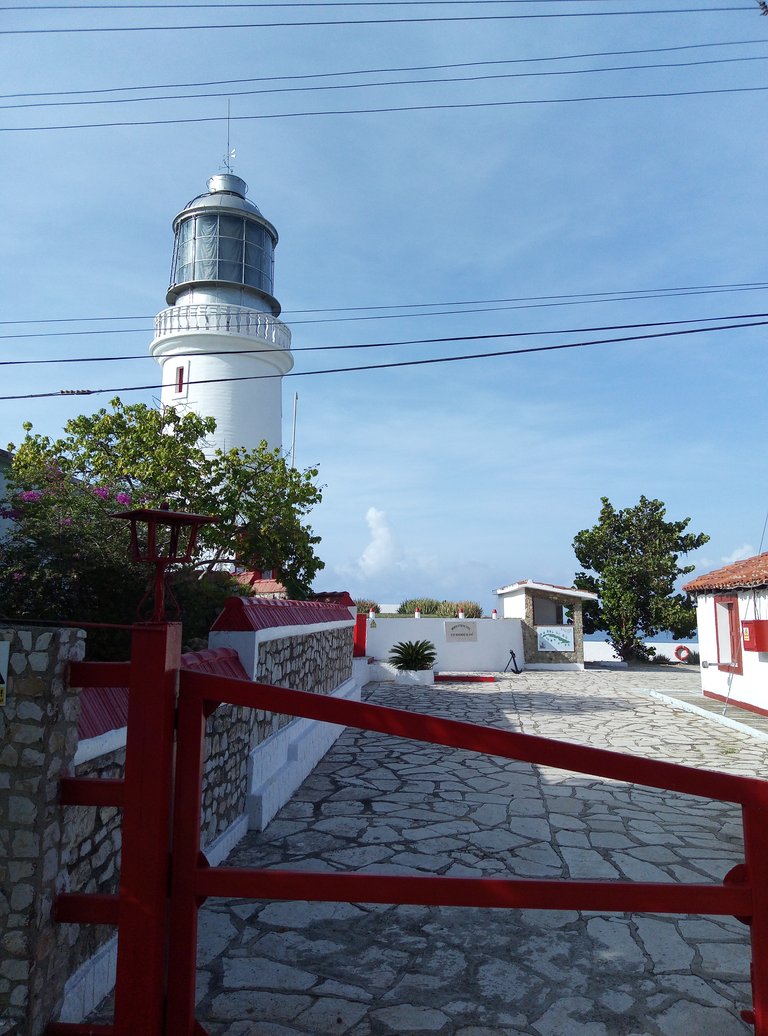
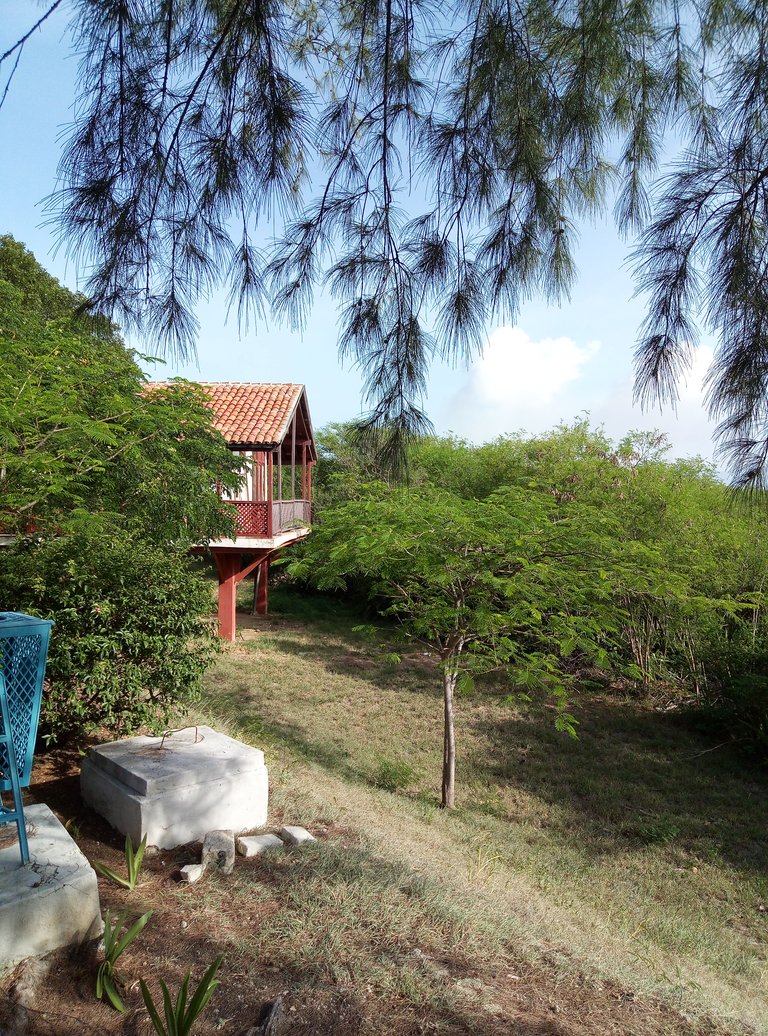
The building is colossal. It imposes itself on the eye with its white color, contrasting with the grass around it. Inside, the typical elements of the time are combined with rooms and murals that explain the history of the place. From there, you can also see the cayo and much of the Bay of Santiago de Cuba.
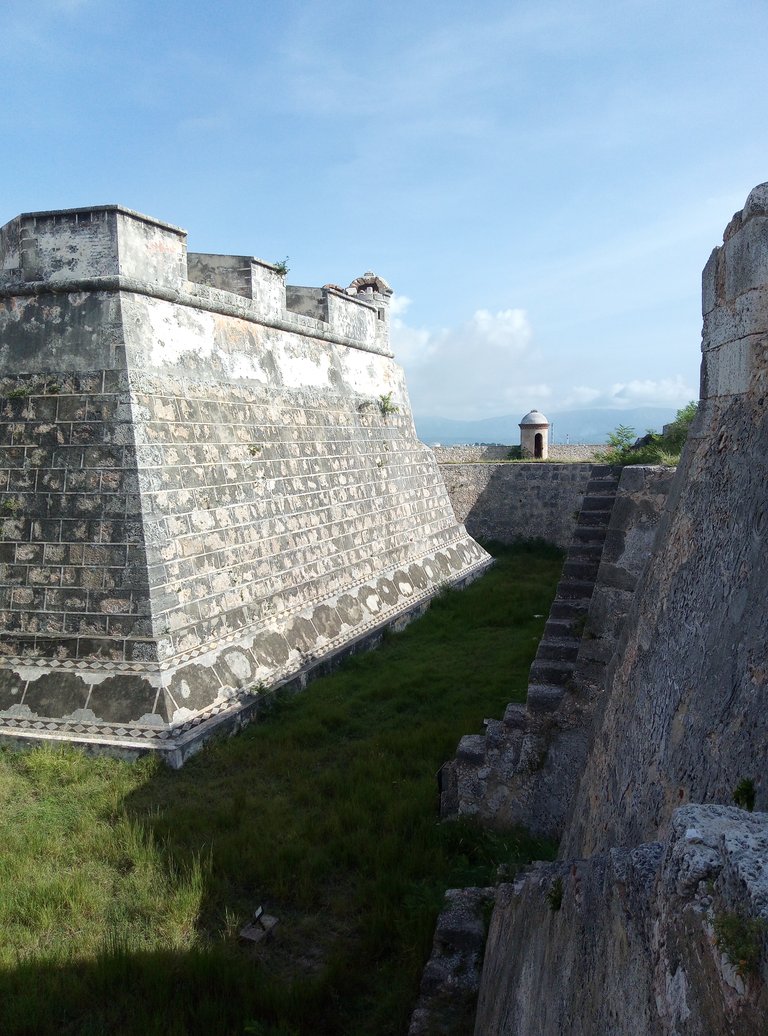
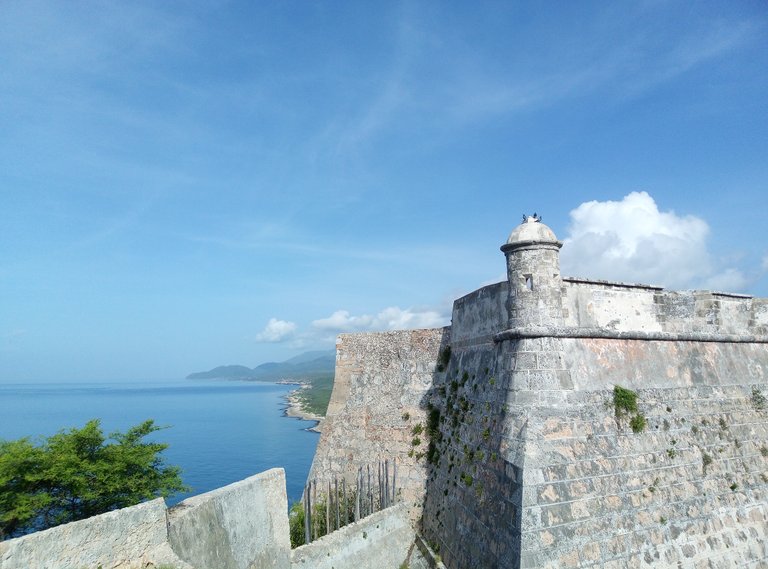
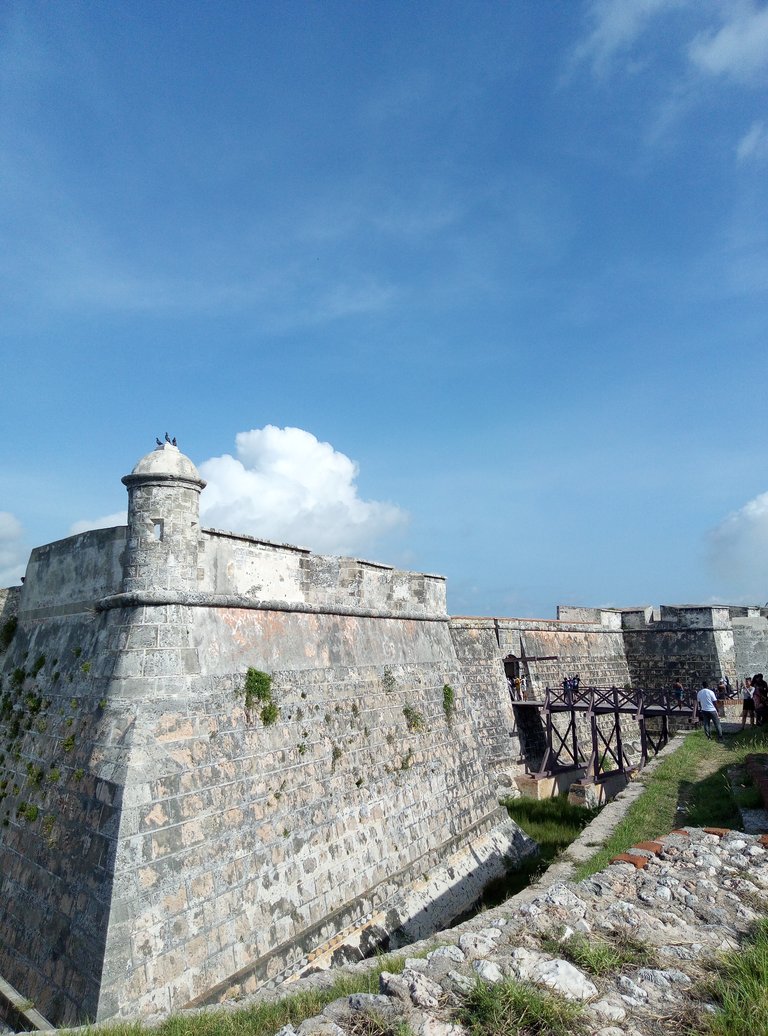
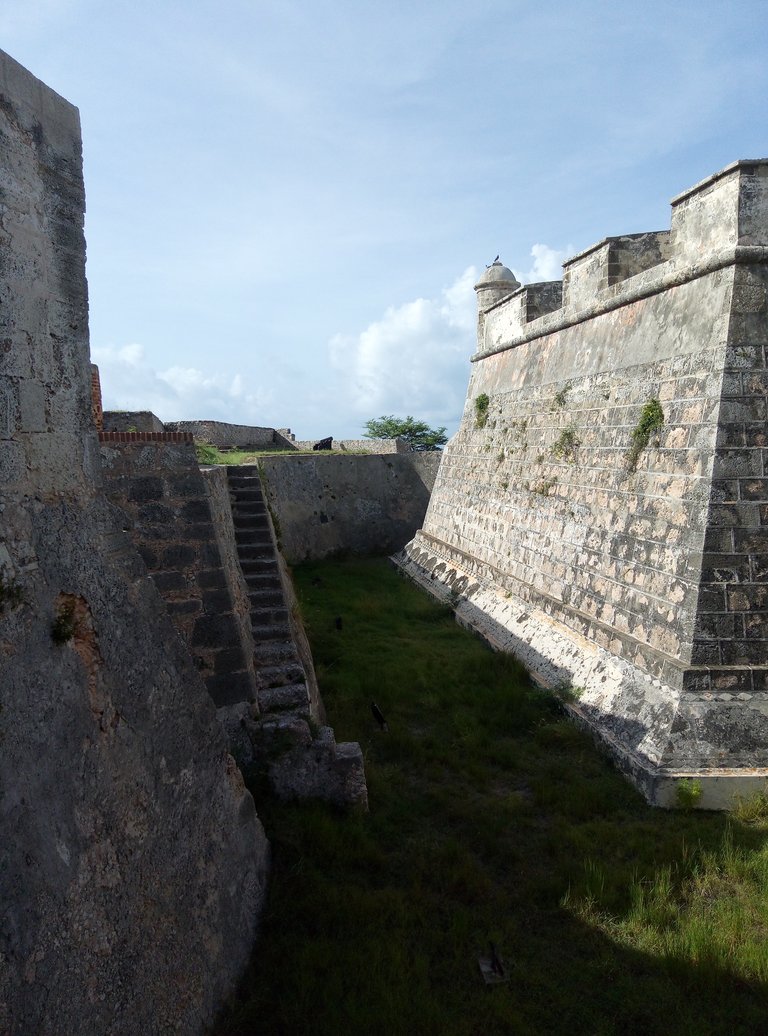
That day my phone ran out of storage, because we were all taking pictures in this wonderful place. However, in this post I would like to focus only on architecture. I don't remember if the Castle has gone through restoration processes, but the conservation it maintains is remarkable.
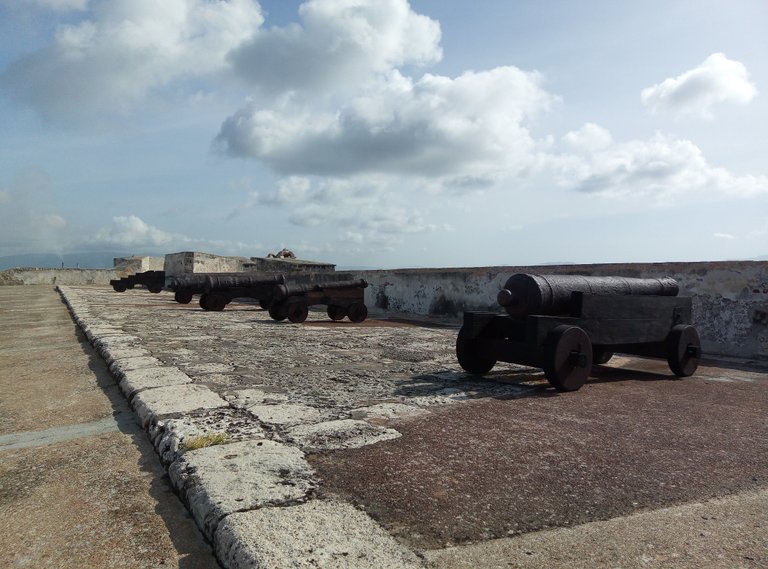
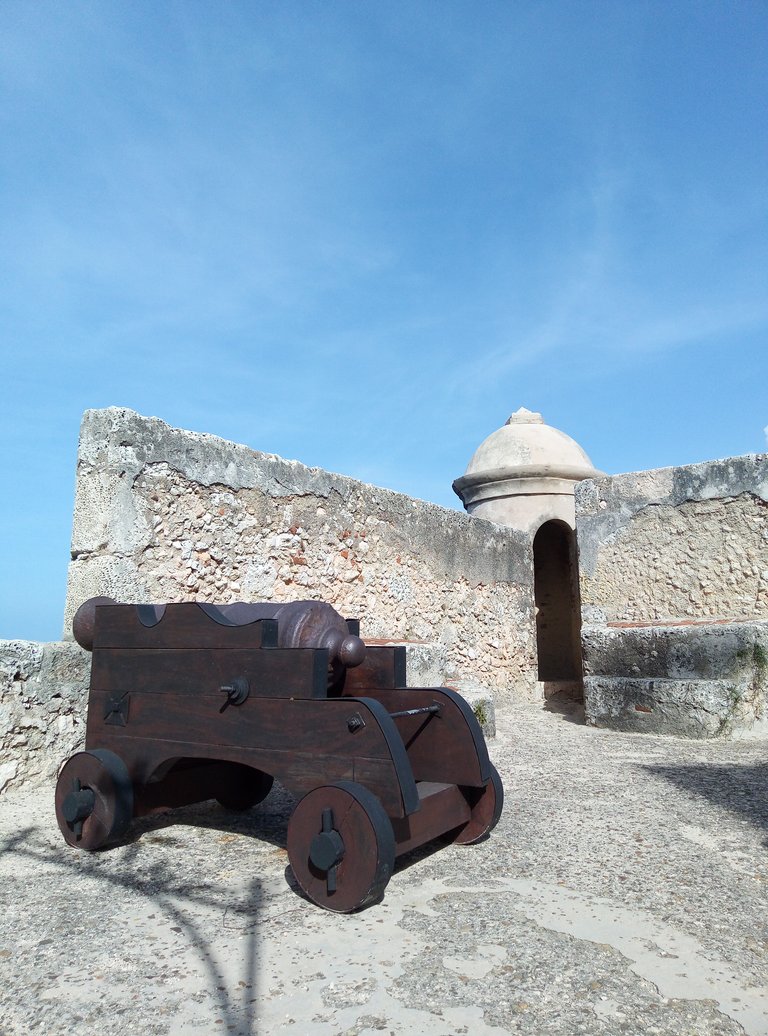
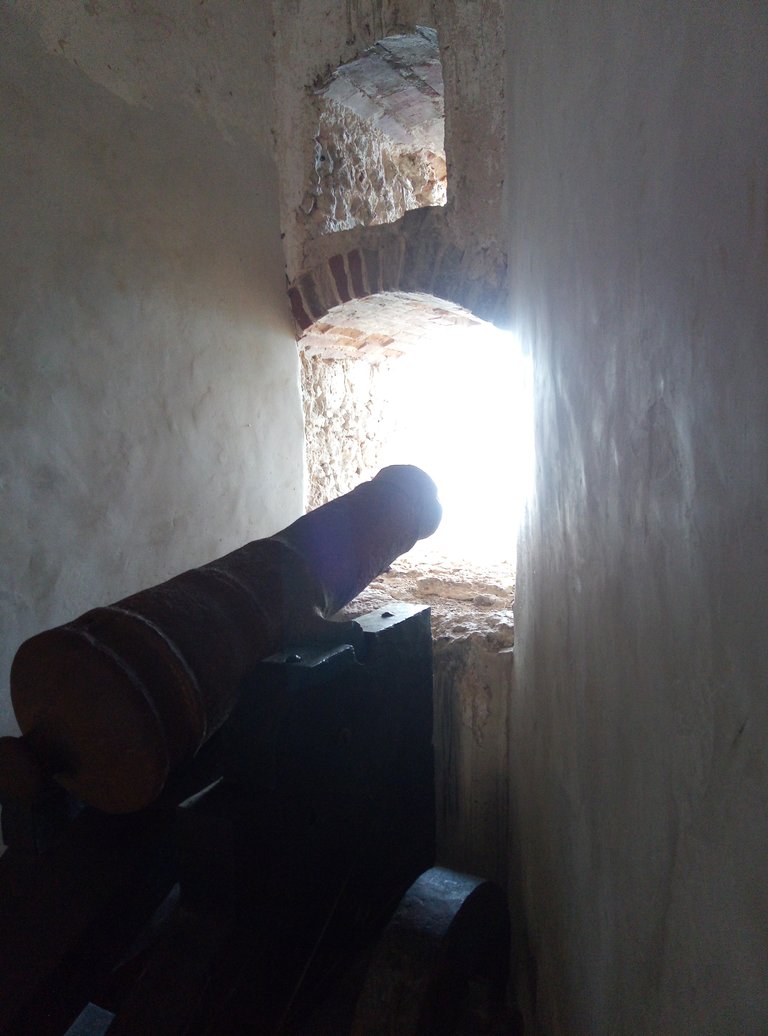
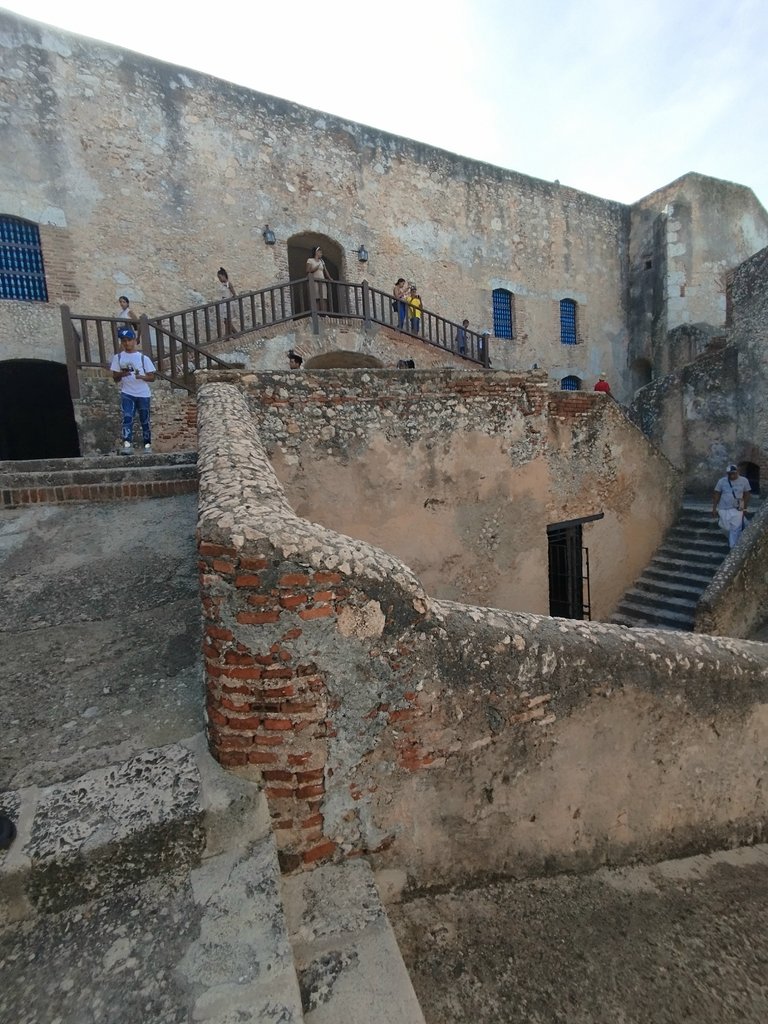
Although it is difficult to get there, because it is somewhat far from the city of Santiago de Cuba, El Morro is an ideal place to connect with nature and the roots that brought us to be what we are today. I hope that with this post you have managed to peek into this wonderful world. Until next time!
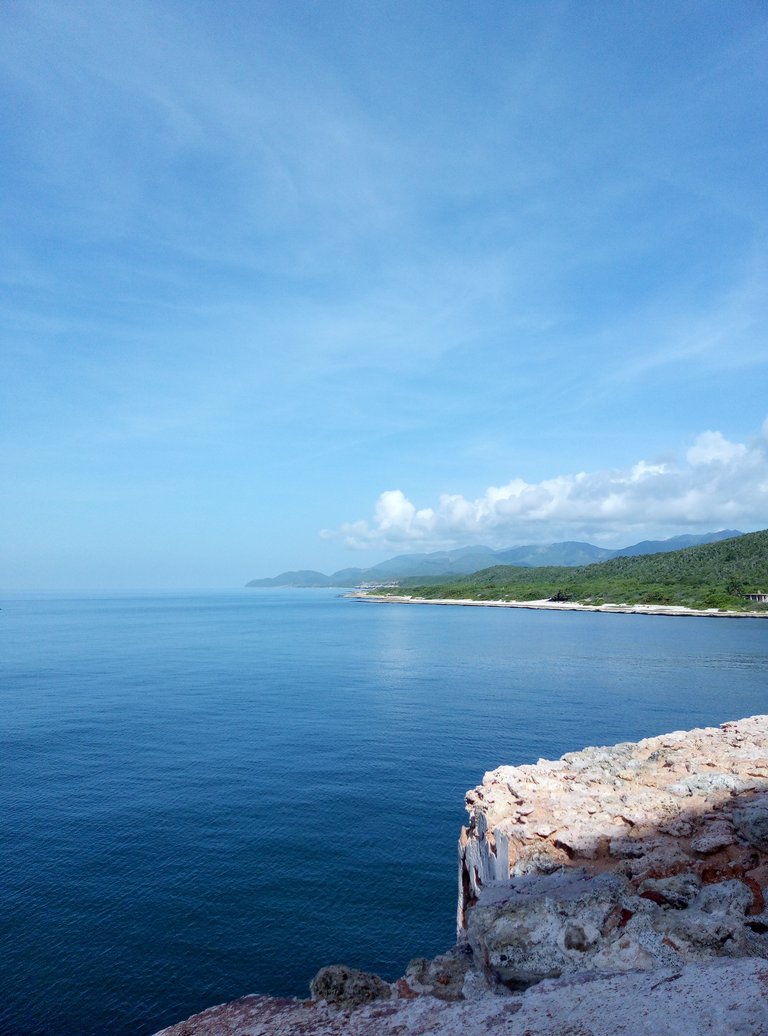
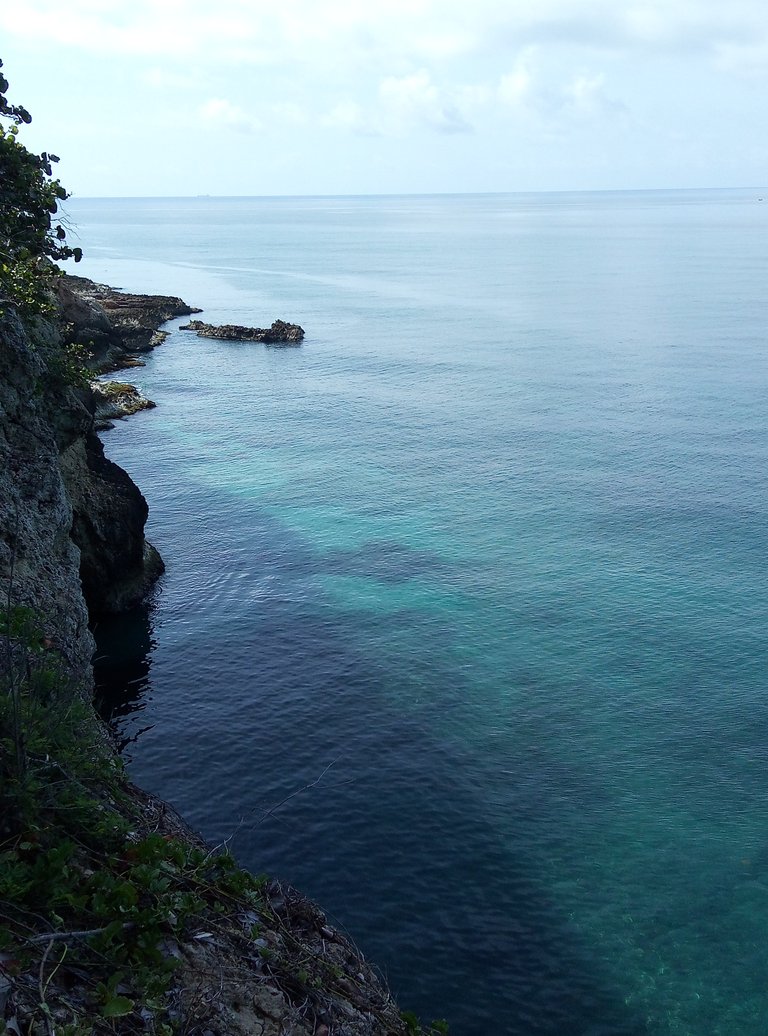
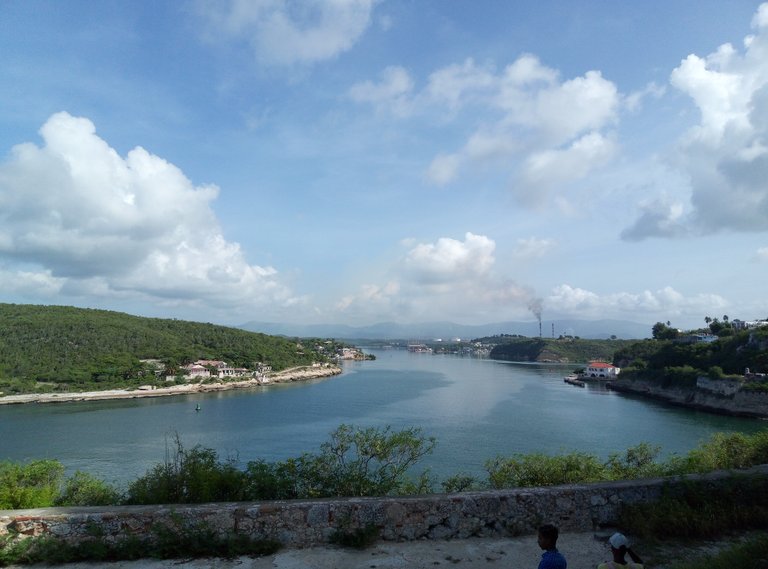
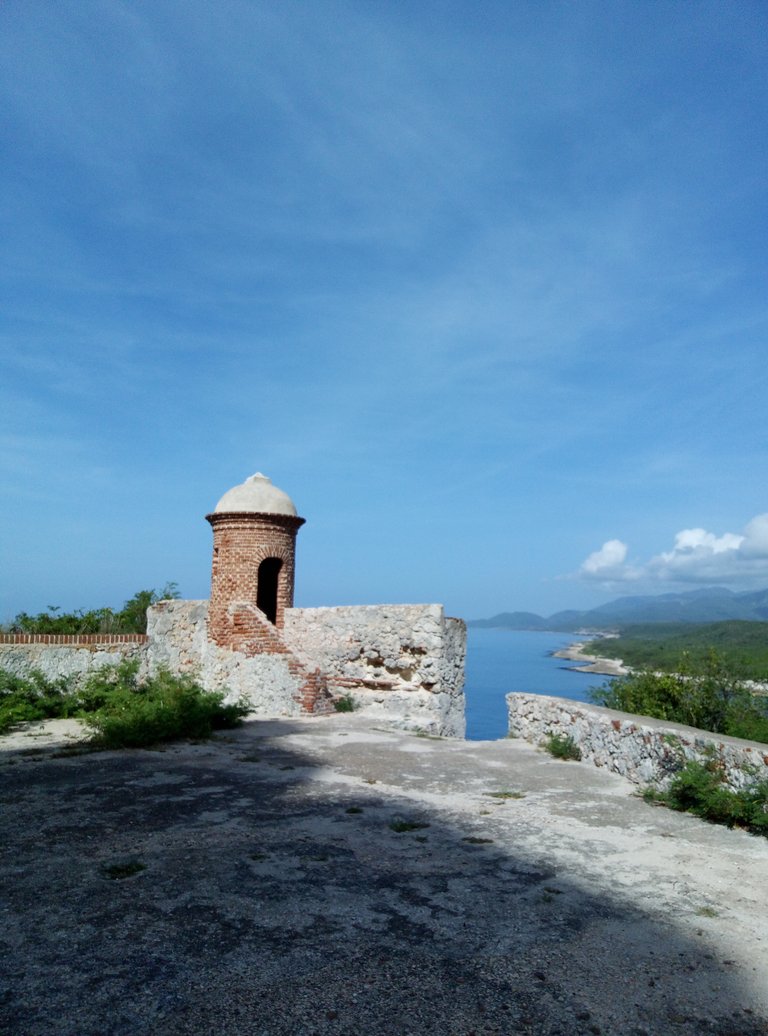
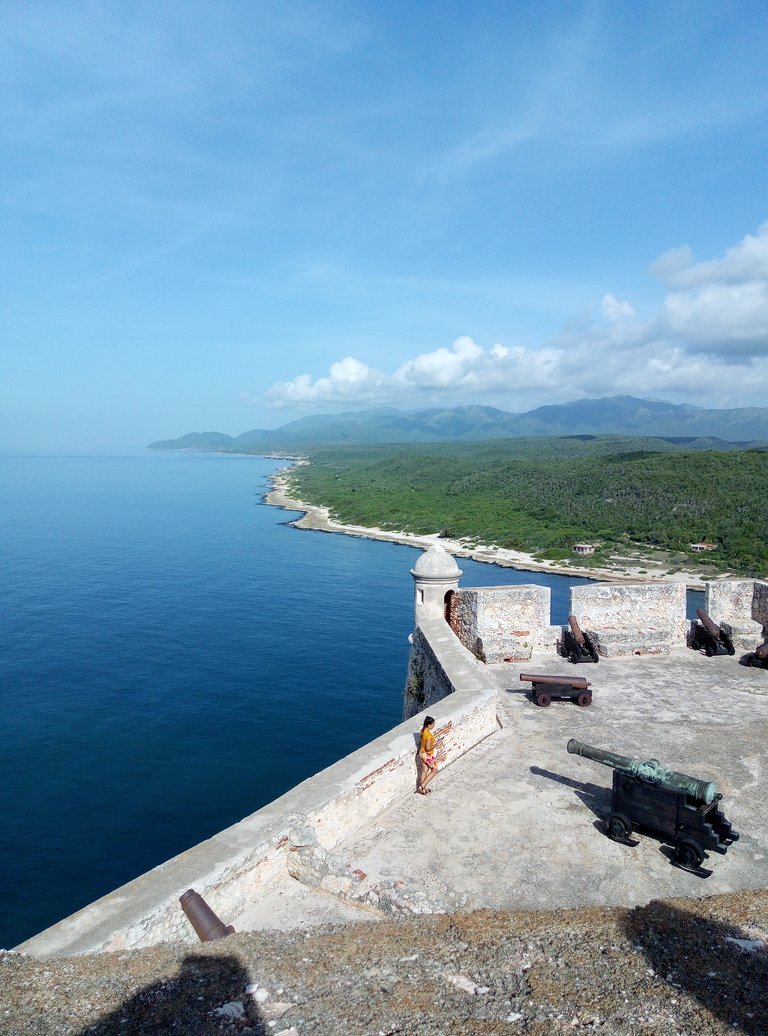
This post is AI-free.
All photos used are my property.
Versión en Español.
“La arquitectura debería hablar de su tiempo y lugar, pero anhelar la atemporalidad”.
Cuando los españoles colonizaron Cuba y se instalaron aquí, obviamente les fue necesario construir fortificaciones para defender las costas de los ataques de corsarios y piratas. Esta es información básica para cualquier niño que comience a aprender historia en mi país, y confieso que estas eran mis clases favoritas. ¿Por qué? Porque resulta que una de las tres primeras fortificaciones, y por eso es concebida como una de las más importantes, se encuentra en mi ciudad.


Su nombre es Castillo de San Pedro de la Roca del Morro, aunque todo el mundo le dice simplemente "El Morro". Cuando escuché que lo visitaríamos durante el campamento de verano no pude ocultar mi alegría, porque este es un lugar que guarda un significado especial para mí. Antes de llegar hay varios lugares de interés y atractivo turístico, a los que no pudimos entrar porque era muy temprano y todavía no habían abierto. Un camino de lozas rojas es la guía que te lleva hacia el Castillo.



La edificación es colosal. Se impone a la vista con su color blanco, contrastando con la hierba a sus alrededores. En su interior se combinan los elementos propios de la época con salas y murales que explican la historia del lugar. Desde allí, además, se puede ver el cayo y gran parte de la bahía de Santiago de Cuba.




Ese día mi teléfono se quedó sin almacenamiento, pues todos nos estábamos haciendo fotos en este maravilloso lugar. No obstante, en este post quisiera concentrarme únicamente en la arquitectura. No recuerdo si el Castillo ha pasado por procesos de restauración, pero es notable la conservación que mantiene.




Aunque se hace difícil llegar, pues queda algo alejado de la ciudad de Santiago de Cuba, El Morro es un lugar ideal para conectar con la naturaleza y las raíces que nos trajeron hasta ser lo que somos hoy en día. Espero que con esta publicación hayan logrado asomarse a este maravilloso mundo. ¡Hasta la próxima!





Este post es libre de IA.
Todas las fotos utilizadas son de mi propiedad.
Ese lugar es genial, cuando lo frecuento me remonta a esa época como si la hubiese vivido.
🖖
Es una joya, me encanta ✨.
Congratulations, your post has been added to WorldMapPin! 🎉
Did you know you have your own profile map?
And every post has their own map too!
Want to have your post on the map too?
Hiya, @ybanezkim26 here, just swinging by to let you know that this post made it into our Honorable Mentions in Travel Digest #2311.
Your post has been manually curated by the @worldmappin team. If you like what we're doing, please drop by to check out all the rest of today's great posts and consider supporting other authors like yourself and us so we can keep the project going!
Become part of our travel community: